How to Apply for Work Study
Part 1 of 3:
Filling out the FAFSA
-
 Qualify for work-study employment. Like any other type of student aid, work-study positions can be competitive and are often in short supply on college campuses. To qualify for a work-study position, you'll need to be an American citizen. Qualification for work study also has relatively little to do with family income levels; even if you come from a higher-income family, you may still be awarded a work-study position based on academic merit or other factors.[2]
Qualify for work-study employment. Like any other type of student aid, work-study positions can be competitive and are often in short supply on college campuses. To qualify for a work-study position, you'll need to be an American citizen. Qualification for work study also has relatively little to do with family income levels; even if you come from a higher-income family, you may still be awarded a work-study position based on academic merit or other factors.[2]- The same principle applies to individuals whose families have saved money to pay for college tuition: this does not necessarily prohibit you from receiving a work-study position.[3]
- Even if you're only attending college part-time, you may be able to qualify for a work-study position.
-
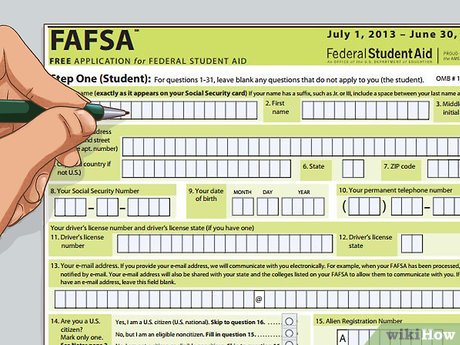 Fill out the FAFSA in advance of the upcoming school year. In order for the application to be processed, money to be awarded, and the information to be communicated to your college, the annual FAFSA deadline comes well in advance of the school year for which the work-study positions will be awarded. Each year, the FAFSA deadline is on or around June 30th. Individual colleges and universities may have earlier deadlines.[4]
Fill out the FAFSA in advance of the upcoming school year. In order for the application to be processed, money to be awarded, and the information to be communicated to your college, the annual FAFSA deadline comes well in advance of the school year for which the work-study positions will be awarded. Each year, the FAFSA deadline is on or around June 30th. Individual colleges and universities may have earlier deadlines.[4]- You will need to complete a FAFSA form for every year that you need student aid. Even if you have been awarded a work-study position for one school year, you must fill out the FAFSA again for each subsequent year.
-
 Log on to the Federal Student Aid (FSA) website. To log on, you'll need to either enter your name and other information (SSN and date of birth), or enter your FSA ID. The FSA ID is a unique username that you can use to identify yourself to the FSA website.[5] If you do not already have an FSA ID, you can request one through the FSAID website.[6]
Log on to the Federal Student Aid (FSA) website. To log on, you'll need to either enter your name and other information (SSN and date of birth), or enter your FSA ID. The FSA ID is a unique username that you can use to identify yourself to the FSA website.[5] If you do not already have an FSA ID, you can request one through the FSAID website.[6]- If you have previously started filling out the FAFSA form, you may continue your current application as a returning user. Otherwise, start a new application if you have never applied for financial aid before.
- If you're returning to the FAFSA form, you'll be asked to enter your 4-digit Save Key. This is another personal identification measure. Then click 'NEXT.'
- If you have not logged on to the FAFSA form before, you'll be given a 4-digit Save Key. Write this number down so that you'll have it if you need to login to the FAFSA page again.
-
 Begin to complete the Financial Aid application. Take your time going through the questions: answer every question carefully and correctly. Question #5 asks: 'Are you interested in being considered for work-study?' Click the pull down arrow and select 'Yes.' If you do not select 'Yes' at this step, you will not be considered for a work study position.
Begin to complete the Financial Aid application. Take your time going through the questions: answer every question carefully and correctly. Question #5 asks: 'Are you interested in being considered for work-study?' Click the pull down arrow and select 'Yes.' If you do not select 'Yes' at this step, you will not be considered for a work study position.- Complete the necessary questions and then select 'NEXT.'
-
 Select the school(s) you want your FAFSA application sent to. You can search schools by state, city, and school name, or with the federal school code. The college's federal school code can be found easily online with a quick Google search. Remember to select the specific school you're applying for a work-study position at. If you're attending a large state school, it's easy to click on the wrong university location.
Select the school(s) you want your FAFSA application sent to. You can search schools by state, city, and school name, or with the federal school code. The college's federal school code can be found easily online with a quick Google search. Remember to select the specific school you're applying for a work-study position at. If you're attending a large state school, it's easy to click on the wrong university location.- Review the drop-down list of colleges and universities that accept financial aid. If you are applying for financial aid before making your decision about which college to attend, you can select up to five schools.
- You must click the 'ADD' button to officially select the school as a FAFSA recipient, or an Error message will appear.
-
 Answer the questions regarding your dependency status. These include questions about tax returns, and you may need information provided by your parents. Remember work study is not given to everyone that applies for it. The federal government decides who gets it based on need and income. Awards are also dispersed on a first-come, first-served basis, so once you make the decision to apply for work study, fill out the FAFSA application as soon as possible.[7]
Answer the questions regarding your dependency status. These include questions about tax returns, and you may need information provided by your parents. Remember work study is not given to everyone that applies for it. The federal government decides who gets it based on need and income. Awards are also dispersed on a first-come, first-served basis, so once you make the decision to apply for work study, fill out the FAFSA application as soon as possible.[7]- Answer the questions under the financial information tab, relating to annual income. After you complete the questions don't forget to click 'NEXT.'
-
 Sign and submit the form. To complete the FAFSA, fill out all of the required fields, and read and agree to the legal disclaimer. Enter your FAFSA ID and password, then click 'SUBMIT MY FAFSA NOW.'
Sign and submit the form. To complete the FAFSA, fill out all of the required fields, and read and agree to the legal disclaimer. Enter your FAFSA ID and password, then click 'SUBMIT MY FAFSA NOW.'- Make sure you save your confirmation number. This number should also be sent to you in an email.
-
 Wait to receive your financial-aid package. You won't be awarded financial aid, including a work-study offer, immediately after submitting your FAFSA—the application takes time to be processed. If you were approved for work study you will see 'Work Study' in your Financial Aid Award on your school's website before your next school year starts.
Wait to receive your financial-aid package. You won't be awarded financial aid, including a work-study offer, immediately after submitting your FAFSA—the application takes time to be processed. If you were approved for work study you will see 'Work Study' in your Financial Aid Award on your school's website before your next school year starts.- If you have applied for a work-study but haven't received permission to register by August 1st, contact your school's Financial Aid department.
Part 2 of 3:
Deciding on a Work-Study Position
-
 Review a listing of work-study jobs. Filling out the FAFSA form and receiving work-study permission does not guarantee a job. Once you've been approved for work study, you'll need to look for employment as you would for a regular job, by finding and applying for available jobs.[8] Most universities will have a listing of work study positions on their Financial Aid web page.
Review a listing of work-study jobs. Filling out the FAFSA form and receiving work-study permission does not guarantee a job. Once you've been approved for work study, you'll need to look for employment as you would for a regular job, by finding and applying for available jobs.[8] Most universities will have a listing of work study positions on their Financial Aid web page.- If you're struggling to find a list of open work study positions, contact your school's Financial Aid office.
- It's best to look into these positions early—popular jobs will fill up more quickly than less desirable opportunities.
- Keep in mind that the overall amount of money you can earn in a year will be set by the federal government as a result of the FAFSA process. Your hourly rate may be set by your work-study supervisor, and some positions will pay more than others.[9]
-
 Decide if you want to work on campus or off campus. While the majority of work-study positions will be on campus, there will likely be some employment opportunities off of campus. These positions are federally required to benefit the public interest, so you may see job listings for local nonprofits and public agencies.[10]
Decide if you want to work on campus or off campus. While the majority of work-study positions will be on campus, there will likely be some employment opportunities off of campus. These positions are federally required to benefit the public interest, so you may see job listings for local nonprofits and public agencies.[10]- Examples of on-campus work study positions include: administrative assistant, bus driver, research assistant, and janitorial staff/cleanup crew.
- Examples of off-campus work study positions include: tutoring local elementary school children, working the reference desk in a public library, or serving as an administrative assistant at a nonprofit organization.
-
 Look for positions that are close to your major or personal interests. Work study can be a great opportunity to find a job in a field relevant to your own academic interests—for example, your own department may be hiring an administrative or research assistant. A work-study position can prepare you for post-college employment, so it's smart to apply for a position similar to a job you'd like after graduation.
Look for positions that are close to your major or personal interests. Work study can be a great opportunity to find a job in a field relevant to your own academic interests—for example, your own department may be hiring an administrative or research assistant. A work-study position can prepare you for post-college employment, so it's smart to apply for a position similar to a job you'd like after graduation.- You should always apply for more than one position, in case the first position fills up quickly. #* If you're at a large university, there will be thousands of students applying for work-study positions. Apply for several to increase your chances of employment.
Part 3 of 3:
Applying for a Work Study Job
-
 Apply for work study jobs online. This will be slightly different for every university, as each school's online application process will differ. You will apply for work-study positions through your school's Financial Aid website.
Apply for work study jobs online. This will be slightly different for every university, as each school's online application process will differ. You will apply for work-study positions through your school's Financial Aid website.- You may be asked to fill out an individual application for each work-study position, or to upload your resume to a web page from which various potential employers can access it.
-
 Interview for the position. If a work-study employer accepts your application, the next step will be going in for an interview. Handle this interview as you would any other: be professional and present yourself well. [11] Answer each question thoroughly, and view this interview as an opportunity to present yourself as a dedicated student who will use this opportunity to develop your professional interests and benefit your employer.
Interview for the position. If a work-study employer accepts your application, the next step will be going in for an interview. Handle this interview as you would any other: be professional and present yourself well. [11] Answer each question thoroughly, and view this interview as an opportunity to present yourself as a dedicated student who will use this opportunity to develop your professional interests and benefit your employer.- During the interview, you should also have the opportunity to discuss your work schedule. Figure out how many hours you can work per week, and make sure that your work schedule fits in with your academic schedule.[12]
- Repeat this step as necessary. The first employer that interviews you may decide not to hire you. Alternately, if you're invited to interview for multiple work-study positions, you may want to take as many interviews as possible and then weigh each position against the others.
-
 Complete any necessary paperwork. Since your funding will be coming from the Federal government, there may be extra paperwork to complete after your interview. You'll likely need to visit your university's HR department to fill out paperwork which will later be used for tax purposes.[13]
Complete any necessary paperwork. Since your funding will be coming from the Federal government, there may be extra paperwork to complete after your interview. You'll likely need to visit your university's HR department to fill out paperwork which will later be used for tax purposes.[13] -
 Be prepared for an alternative process. Colleges and universities can differ markedly in their handling of work-study application, interview, and hiring processes. At some, the process may be less formal than described in previous steps; employers may reach out and contact students directly, or the job-application process may be done in person rather than electronically.
Be prepared for an alternative process. Colleges and universities can differ markedly in their handling of work-study application, interview, and hiring processes. At some, the process may be less formal than described in previous steps; employers may reach out and contact students directly, or the job-application process may be done in person rather than electronically.- Be ready to take advantage of opportunities that arise in your academic department or that you hear about through friends. Don't hesitate to ask professors if they know of any open work-study positions, and ask already employed acquaintances if there are openings in their workplace.
5 ★ | 1 Vote
You should read it
- How to Do a Case Study
- 5 reasons why you should invest in self-study
- To increase productivity all day, keep the mood happy before going to the office
- Create notes on the computer screen
- Listen to the young 'not medium' answers about IT industry
- 3 signs to recognize the other person is hindering your success
- How to Create Study Guides
- Be careful when emoji 'abuse' emoticons at work
May be interested
- 3 signs to recognize the other person is hindering your success
 it is very important to have a friend who supports you in all your efforts. a recent study by carnegie mellon university shows that people who receive help tend to be more successful.
it is very important to have a friend who supports you in all your efforts. a recent study by carnegie mellon university shows that people who receive help tend to be more successful. - How to Work at Microsoft
 there are a number of strategies you can employ to stand out to microsoft's recruiters when you want to work at microsoft. prepare a resume that focuses on your relevant skills, experience, and major achievements. you must then apply for...
there are a number of strategies you can employ to stand out to microsoft's recruiters when you want to work at microsoft. prepare a resume that focuses on your relevant skills, experience, and major achievements. you must then apply for... - How to Create Study Guides
 study guides are tools that can help reduce the stress of a test. if you're covering a lot of material, it may seem intimidating to consolidate all of the information into one helpful guide. however, with a few tricks for sorting...
study guides are tools that can help reduce the stress of a test. if you're covering a lot of material, it may seem intimidating to consolidate all of the information into one helpful guide. however, with a few tricks for sorting... - Be careful when emoji 'abuse' emoticons at work
 according to the most recent study, most employers do not like employees using too much emoji when texting or sending business emails. they think it is unprofessional.
according to the most recent study, most employers do not like employees using too much emoji when texting or sending business emails. they think it is unprofessional. - Apply these 10 methods if you often lose sleep!
 not getting enough sleep will seriously affect your health and work. so how to have a good sleep? please apply the 10 effective methods below if you are suffering from this situation. invite you to consult!
not getting enough sleep will seriously affect your health and work. so how to have a good sleep? please apply the 10 effective methods below if you are suffering from this situation. invite you to consult! - Learn 10 times faster if you try these 5 tips
 let's tipsmake.com find out about 5 tips to help you learn 10 times faster!
let's tipsmake.com find out about 5 tips to help you learn 10 times faster! - Top 10 MOS training and computer training centers
 centers for training and certifying offices for learning in hanoi and ho chi minh city will train students with full skills in office computing.
centers for training and certifying offices for learning in hanoi and ho chi minh city will train students with full skills in office computing. - Proficient in learning 5 skills thanks to the Internet
 please refer to the 5 favorite skills that you can master yourself through the internet below!
please refer to the 5 favorite skills that you can master yourself through the internet below! - What is SPSS? What is SPSS software used for?
 in the current technological age, spss is mentioned a lot in daily life and work. there are many questions around spss such as: spss for what, how to use, what purpose to apply? in this article, software tips will work with you to answer spss.
in the current technological age, spss is mentioned a lot in daily life and work. there are many questions around spss such as: spss for what, how to use, what purpose to apply? in this article, software tips will work with you to answer spss. - This is an extremely effective 'packaging' method of billionaire Elon Musk, you can also apply
 elon musk has a crazy schedule twice as much as the average person working full-time but this billionaire can still spend 4 days a week playing with his 5 children. how did elon musk manage time to work effectively and still have time for family?
elon musk has a crazy schedule twice as much as the average person working full-time but this billionaire can still spend 4 days a week playing with his 5 children. how did elon musk manage time to work effectively and still have time for family?
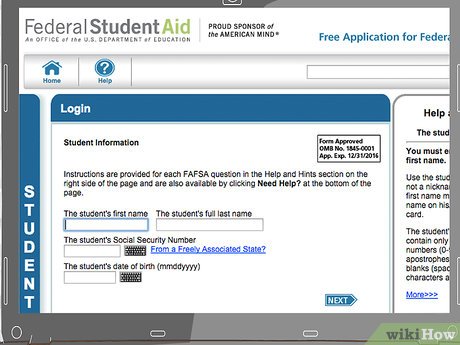
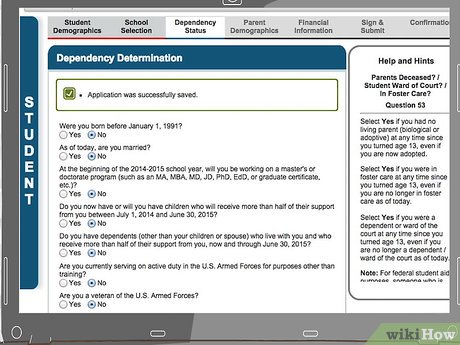
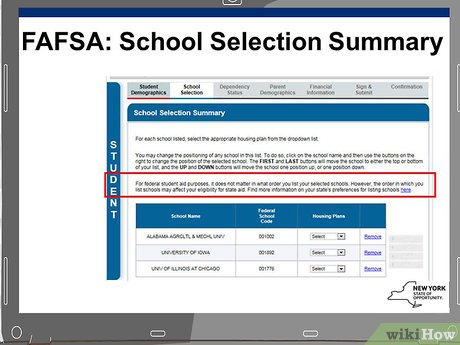
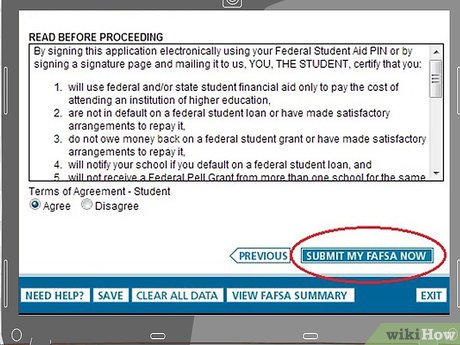


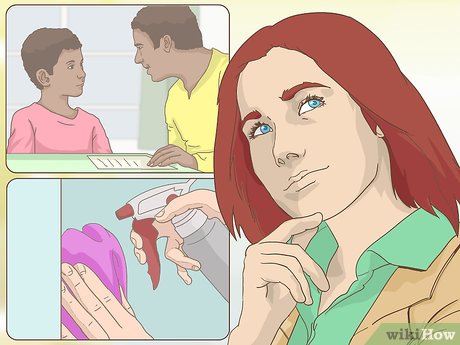

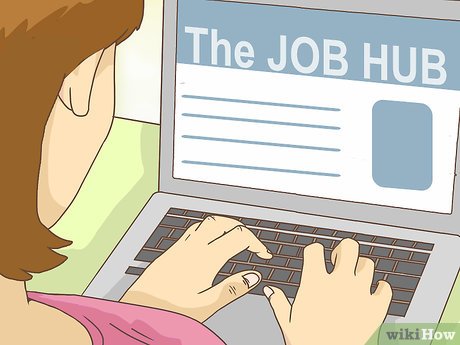












 How to Make Learning Fun
How to Make Learning Fun How to Be an Educated Man
How to Be an Educated Man How to Know the Importance of Education
How to Know the Importance of Education How to Make an Educational Video
How to Make an Educational Video How to Develop Training Materials
How to Develop Training Materials How to Obtain a Copy of Your High School Diploma
How to Obtain a Copy of Your High School Diploma